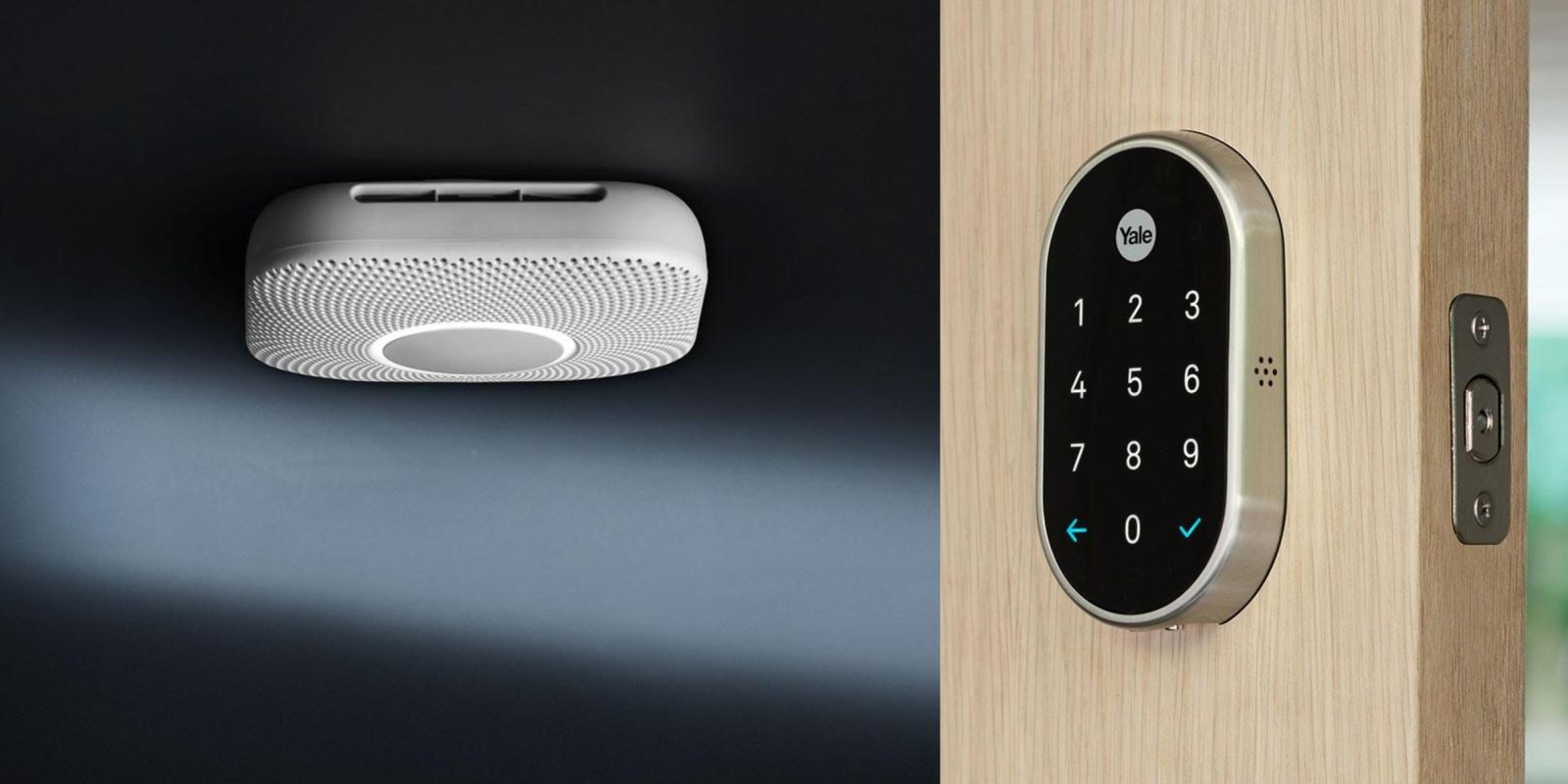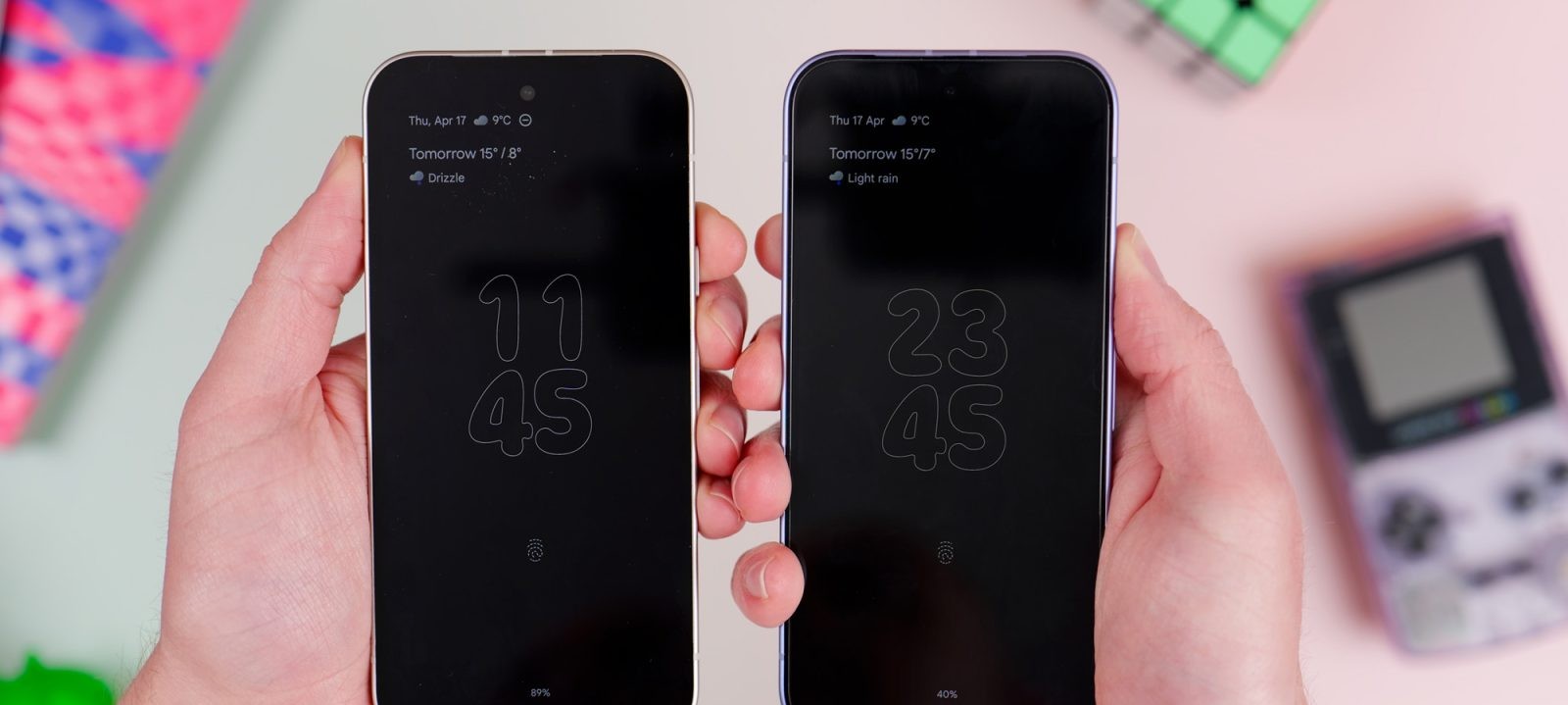Samsung is reportedly developing Auto DeX, a new in-car infotainment system poised to rival existing platforms like Android Auto and Apple CarPlay. This initiative signifies Samsung’s strategic move to expand its ecosystem into the automotive sector, leveraging its existing DeX technology to offer a seamless and integrated driving experience.
Understanding Auto DeX
Auto DeX is an evolution of Samsung’s DeX platform, which traditionally allows Galaxy smartphones to transform into desktop-like environments when connected to external displays. In the automotive context, Auto DeX aims to adapt this functionality to vehicle infotainment systems, providing drivers with a familiar and user-friendly interface.
Key Features and User Interface
The Auto DeX interface is designed with driver convenience and safety in mind. Key elements include:
– Central Dashboard: Dominated by a navigation map, facilitating easy access to frequent destinations such as home or work without manual input.
– Daily Overview Widget: Positioned in the upper right corner, this widget offers a summary of the day’s schedule and can audibly relay information, minimizing driver distraction.
– Music Controls: Located in the lower right corner, this section provides playback controls and displays current track information.
– Sidebar Navigation: A vertical taskbar on the left side offers quick access to essential applications like Bixby (Samsung’s voice assistant), phone functions, music, and maps. It also displays vital indicators such as battery status, signal strength, and time.
– Bottom Taskbar: This area showcases open applications and includes traditional Android navigation buttons, ensuring a smooth transition for users familiar with Samsung’s mobile interface.
Compatibility and Accessibility
One of Auto DeX’s standout features is its extensive compatibility. The system is reported to support over 8,500 vehicle models from more than 100 brands, surpassing the compatibility range of current platforms like Android Auto and Apple CarPlay. This broad support suggests that Auto DeX could serve as a universal solution for Samsung smartphone users across various car models.
Moreover, indications suggest that Auto DeX may function even in vehicles without official support. With certain adjustments, users might be able to utilize the system in unsupported cars or on Galaxy devices lacking direct support. This flexibility could fill the void left by the discontinuation of Android Auto for Phone Screens, allowing users to mount their smartphones on the dashboard and access a comprehensive infotainment experience.
Integration with One UI 8
Insights into Auto DeX have emerged from the code of Samsung’s upcoming One UI 8, hinting at a deep integration with this version of the operating system. This integration could offer a cohesive experience across Samsung devices, enhancing the synergy between smartphones and vehicle infotainment systems.
Potential Market Impact
The development of Auto DeX underscores Samsung’s ambition to strengthen its presence in the automotive technology sector. By offering a proprietary infotainment solution, Samsung aims to provide a seamless ecosystem for its users, potentially setting a new standard in in-car connectivity.
However, several questions remain unanswered. Details regarding the official launch date, regional availability, and specific features are still forthcoming. Additionally, the extent of collaboration required from automakers to implement Auto DeX in their vehicles is yet to be clarified.
Conclusion
Samsung’s Auto DeX represents a significant step in the evolution of in-car infotainment systems. By building upon its existing DeX technology, Samsung is poised to offer drivers a more integrated and user-friendly experience. As the automotive and technology industries continue to converge, developments like Auto DeX highlight the growing importance of seamless connectivity and user-centric design in modern vehicles.



